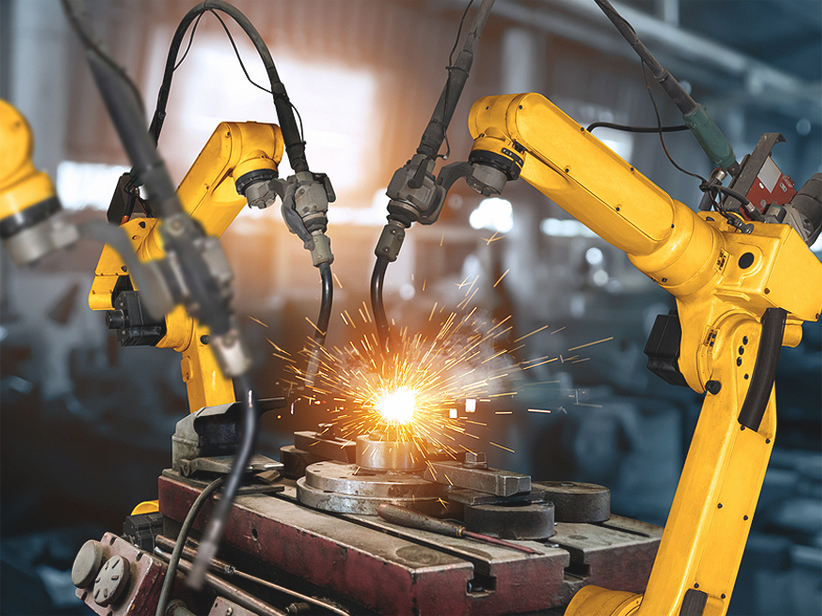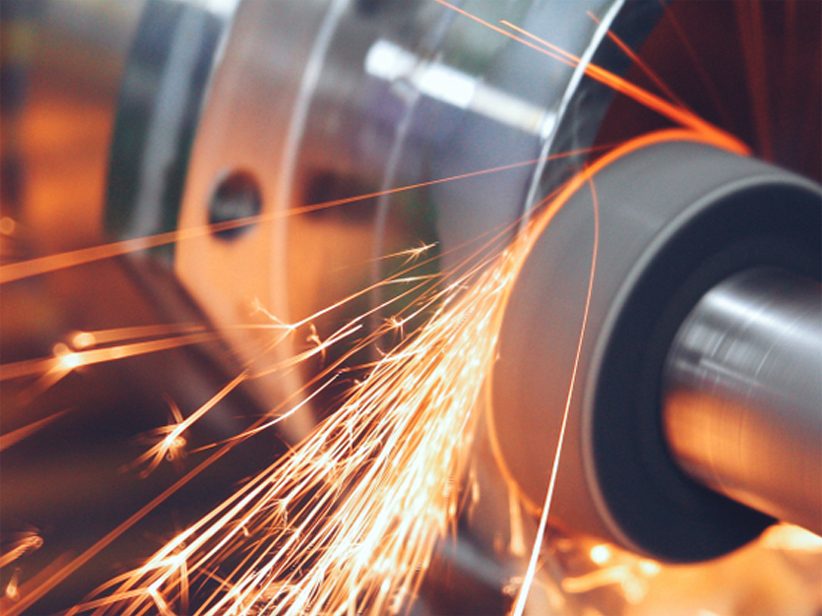Stainless Steel - Grade 304L / 1.4306
Description
Stainless Steel Grade 304L/1.4306 is a low-carbon variant of Grade 304 stainless steel, known for its excellent corrosion resistance, weldability, and formability. The lower carbon content helps minimize carbide precipitation during welding, which enhances its resistance to intergranular corrosion. This grade is widely used in a variety of applications where high corrosion resistance and good mechanical properties are required.
Chemical Composition
- Chromium (Cr): 18.0 - 20.0%
- Nickel (Ni): 8.0 - 12.0%
- Carbon (C): ≤ 0.030%
- Manganese (Mn): ≤ 2.00%
- Silicon (Si): ≤ 1.00%
- Phosphorus (P): ≤ 0.045%
- Sulfur (S): ≤ 0.030%
- Nitrogen (N): ≤ 0.10%
Send Enquiry
Mechanical Properties
- Tensile Strength: 70 - 85 ksi (485 - 585 MPa)
- Yield Strength: 30 - 50 ksi (205 - 345 MPa)
- Elongation: ≥ 40% in 2 inches (50 mm)
- Hardness: ≤ 201 HB (Brinell Hardness)
Thermal & Physical Properties
- Density: 0.289 lb/in³ (8.0 g/cm³)
- Specific Heat Capacity: 0.500 J/g•K at 25°C
- Thermal Conductivity: 9.4 W/m•K
- Melting Point: 2550 - 2650°F (1400 - 1450°C)
- Coefficient of Thermal Expansion: 16.0 × 10^-6 /°C
Other Designations
- UNS: S30403
- EN: 1.4306
- JIS: SUS304L
- DIN: X2CrNi18-9
Fabrication and Heat Treatment
- Welding:Excellent weldability with most welding methods. Preheating is generally not required, but post-weld annealing may improve corrosion resistance.
- Machining: Can be machined using standard tools, though tool wear may be higher compared to some other grades.
- Heat Treatment: Not hardenable by heat treatment. Generally used in the annealed condition, which provides optimal properties for corrosion resistance and mechanical strength.
- Annealing: Typically performed at temperatures between 1850 - 2050°F (1010 - 1121°C) followed by rapid cooling.
Applications
- Food Processing: Equipment, storage tanks, and pipelines.
- Chemical Processing: Equipment and containers resistant to chemicals.
- Construction: Architectural features, structural supports, and trim.
- Medical Devices: Surgical instruments and implants.
- Marine Applications: Components exposed to seawater and harsh environments.
Supplied Forms
- Bars
- Coils
- Wires
Features
- Corrosion Resistance: Excellent resistance to oxidation and corrosion in various environments, including acidic and alkaline solutions.
- Weldability: High weldability, making it suitable for complex fabrications and welding.
- Formability: Good formability for various shapes and applications.
- Durability: High strength and durability for demanding applications.
- Non-Magnetic:Generally non-magnetic in the annealed condition, though it may become slightly magnetic when cold worked.






